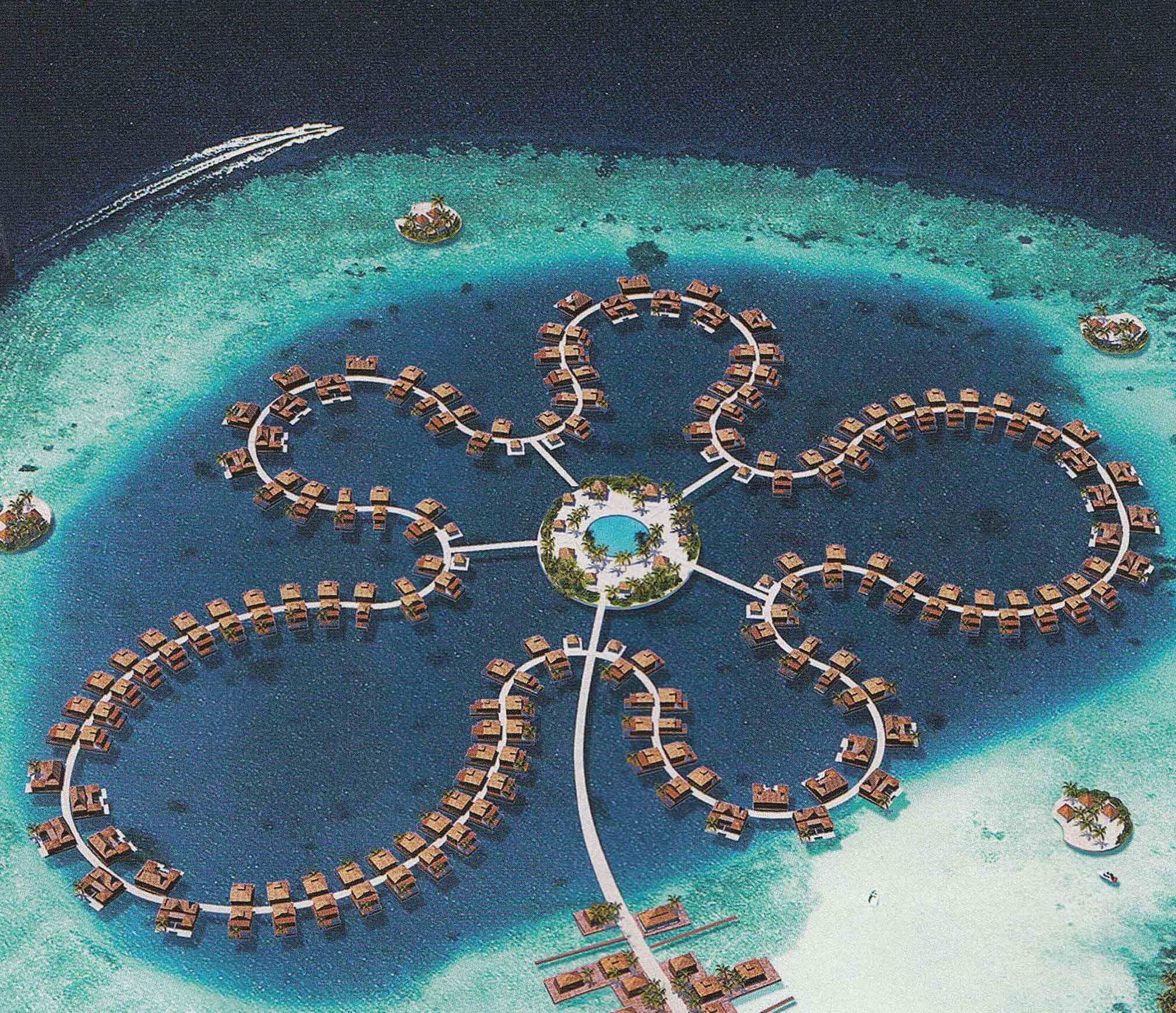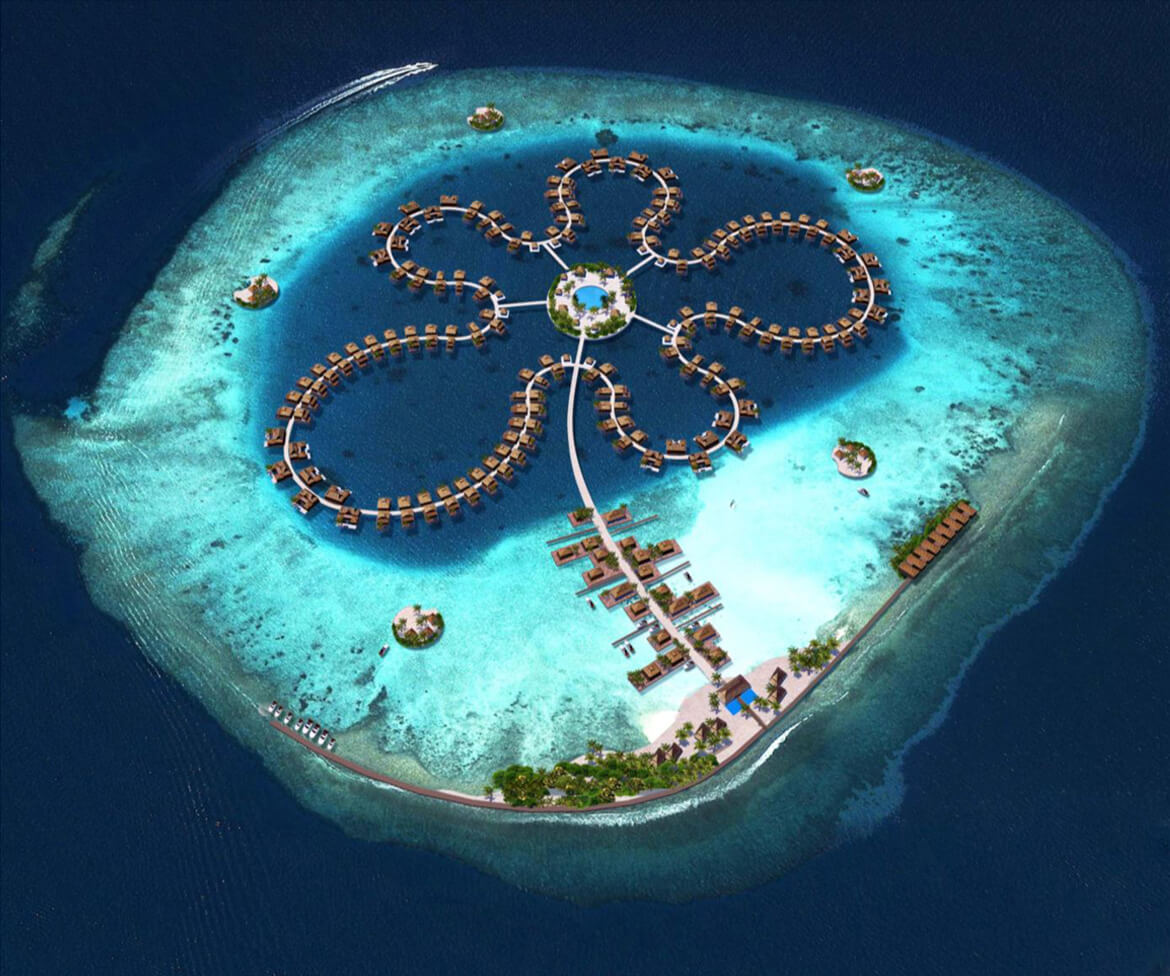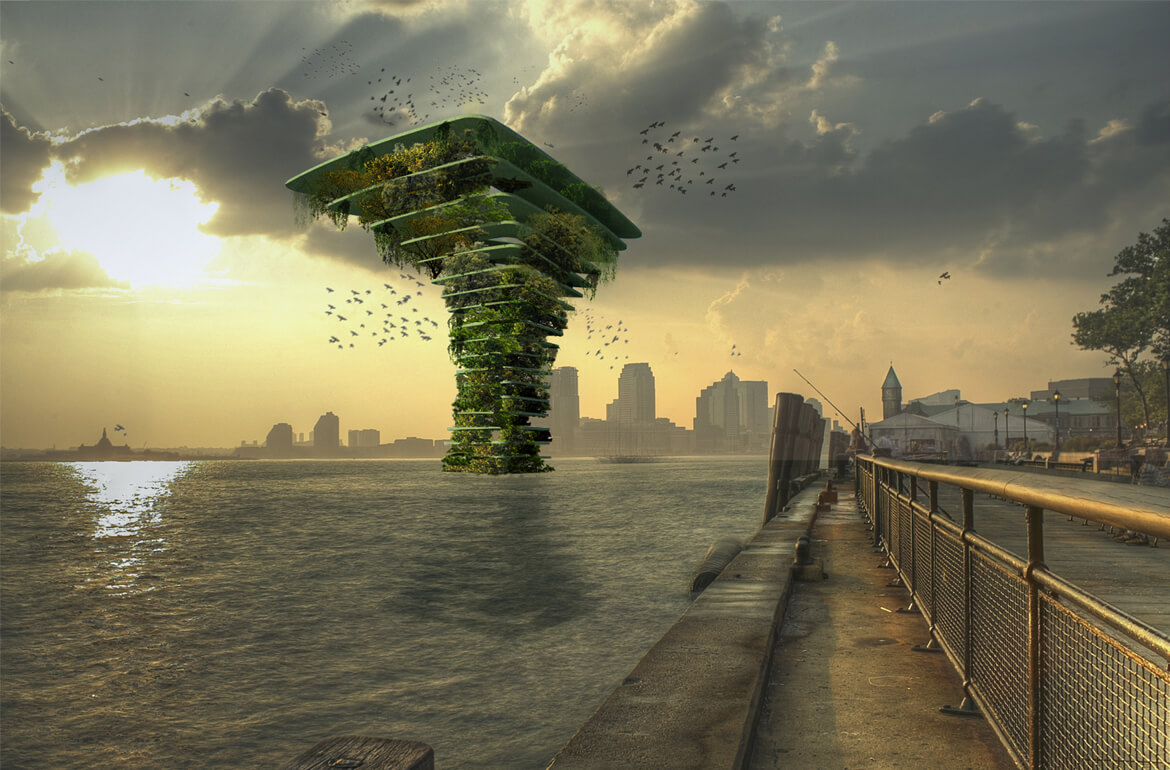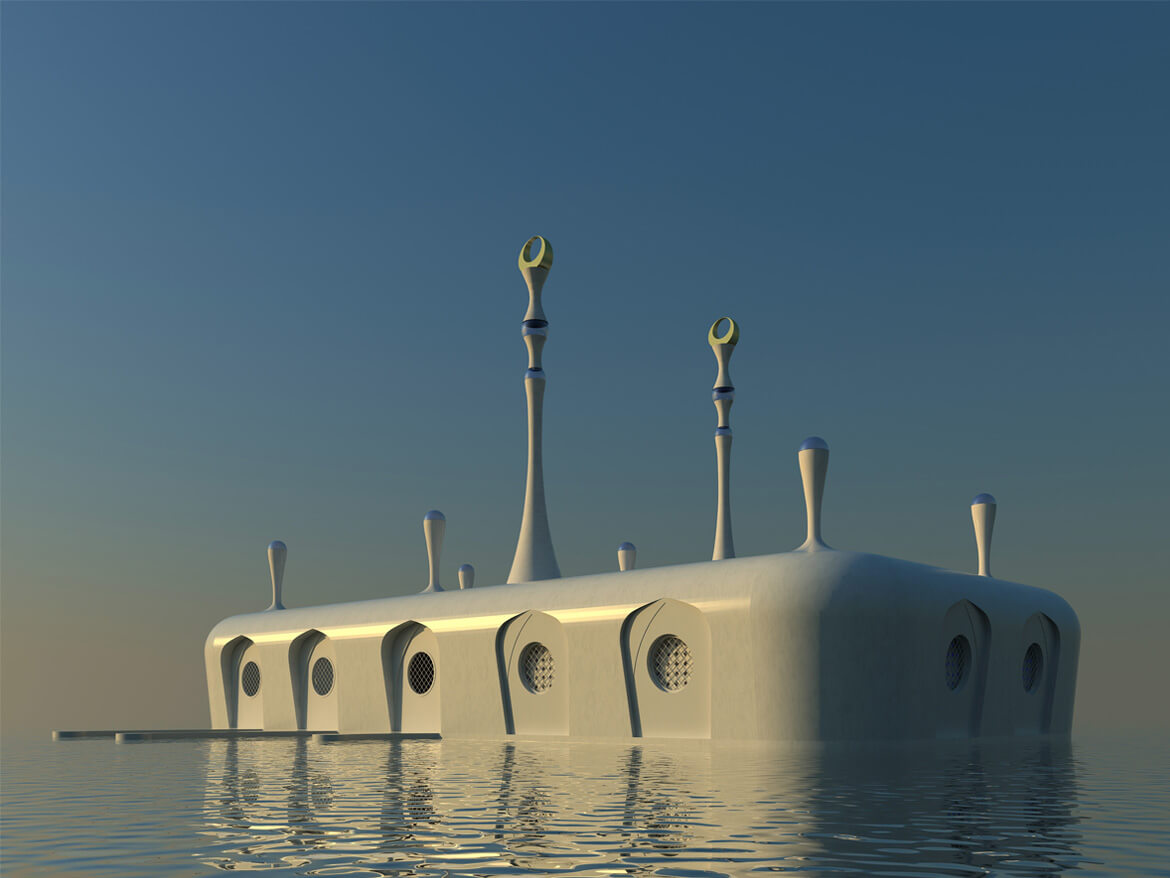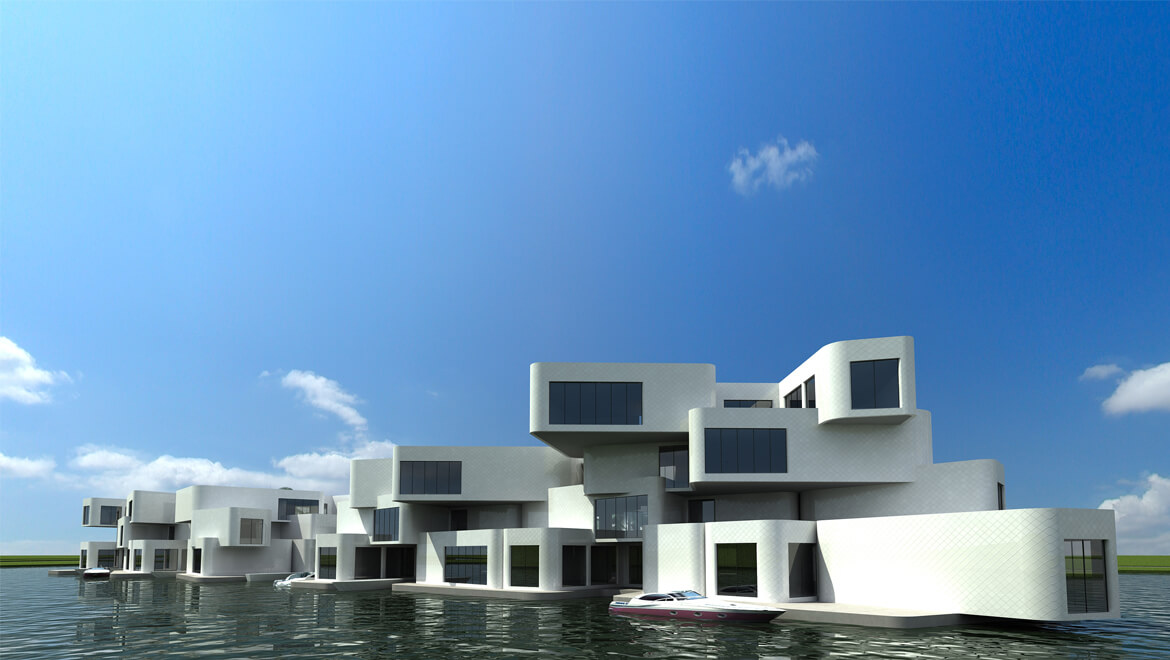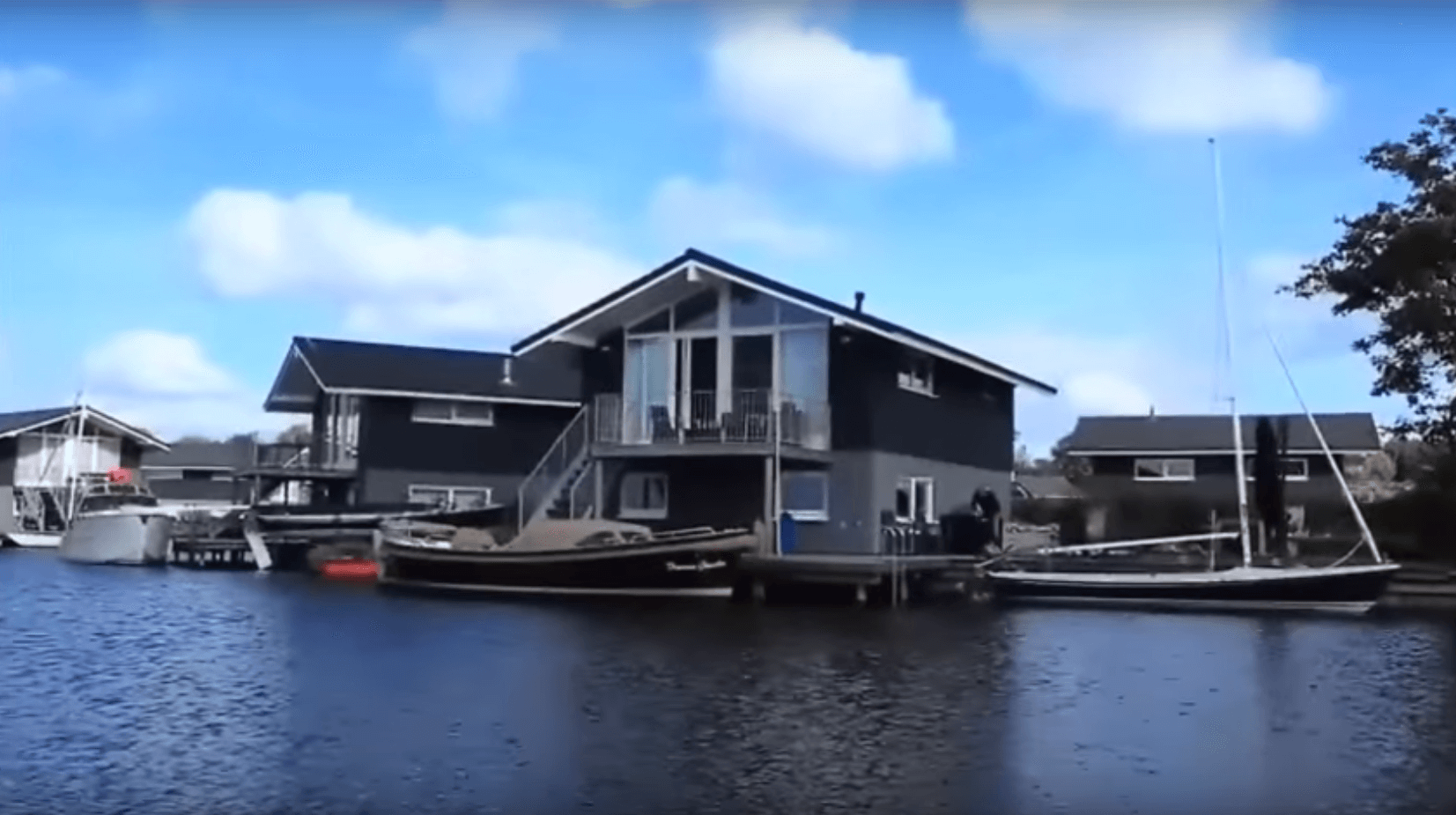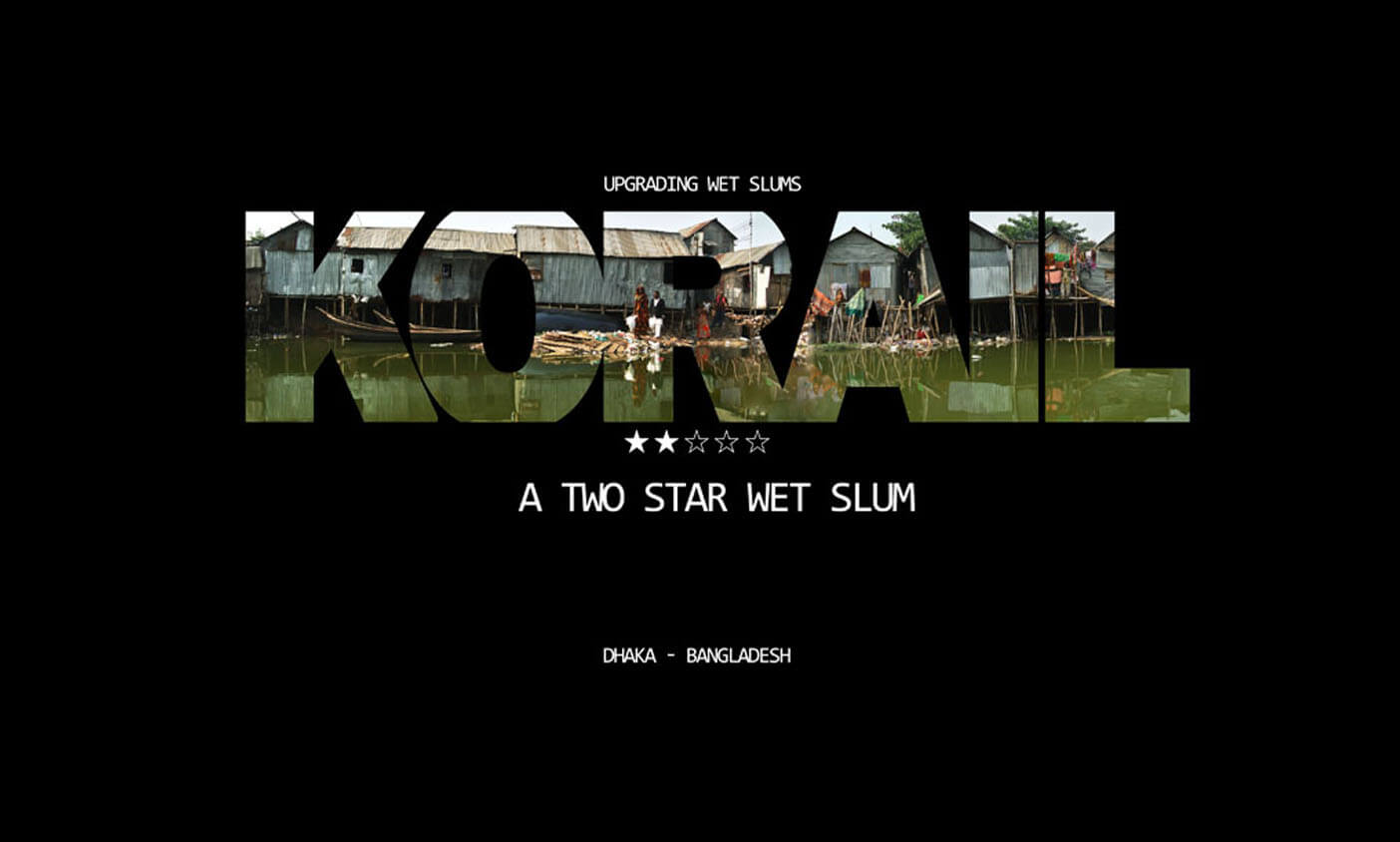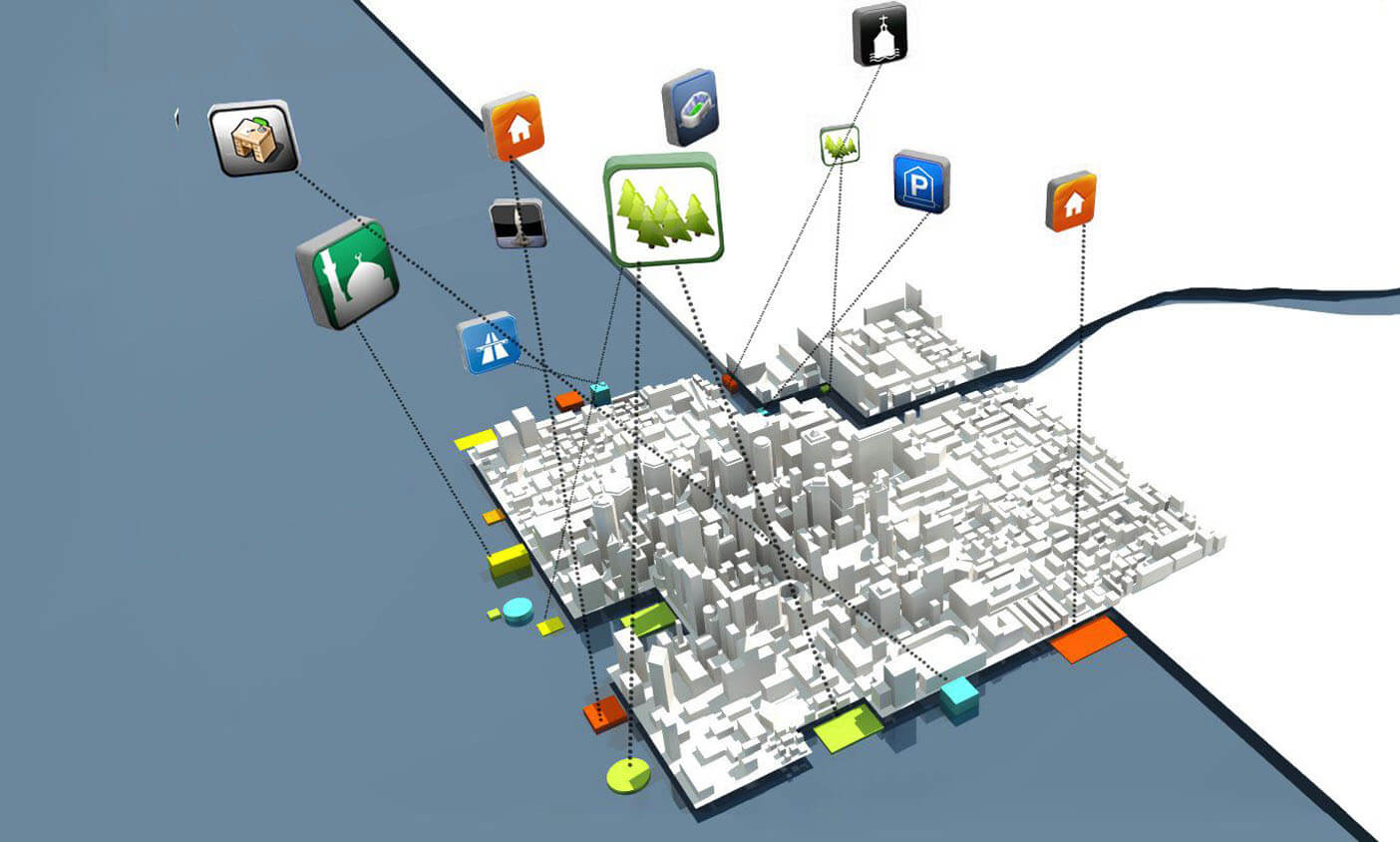Waterpark Sneekermeer is completed
Waterstudio’s Waterpark Sneekermeer is completed and ready for recreation.
Waterstudio, first architectural firm that accept bitcoins!
From now it is possible to pay us with bitcoins.
City Apps fight the rising seas
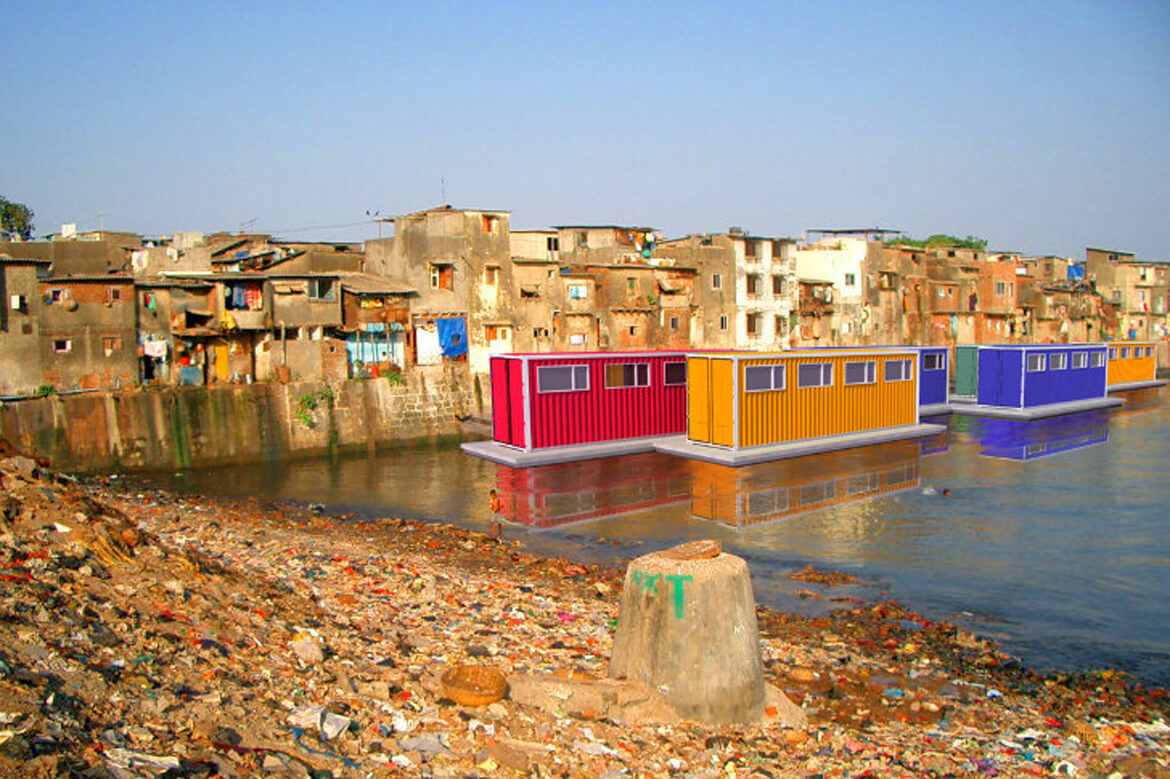
Discovery Channel Magazine, 2013
City Apps fight the rising seas
As sea levels rise and populations expand in poorer waterside communities, a series of floating structures that provide spaces for food and energy production, shelter and
sanitation may help improve the lives of people living in wet slums.
Known as City Apps, Koen Olthius and his team from the Netherlandsbased Waterstudio who designed it, recently won the prestigious Architecture and Sea Level Rise Award
2012 from the Jacques Rougerie Foundation, for these flexible and adaptable structures (pictured). The technology, which includes floating PV cell farms, vegetable gardens and
other useful structures, was originally designed for wealthy waterside dwellers. It will now be used for communities in need, with the prize money from the award going towards
implementing the first City App in the Korail Wet Slum in Dhaka, Bangladesh.
Channel 9: “Plans for floating center in Oswego”
An interview with the developer of floating center in Oswego to be designed by Waterstudio, who made the next step by proposing the plan to the city council.
Plan To Create Floating Complex in Oswego Moving Forward
Posted on February 6, 2013 by Steve Yablonski, Oswego county today
OSWEGO, NY – Discussion for a $150 million, 150,000 square foot facility to be created in Oswego Harbor resurfaced earlier this week.
Joseph Pilotta returned to his hometown to update city officials on the progress of his plan for a business, retail, entertainment and residential facility. Pilotta, vice president of Digital Financial Group of Columbus, Ohio, describes the project as a “business entity and an entertainment entity.”
“These days,” he said, “we can no longer think inside the box, and we can’t think outside the box. We have to create a whole new box.”
“As a city, county – a region, we can’t afford not to take a look at something like this,” Oswego County Legislator Jacob Mulcahey told Oswego County Today.
Waterfront property is very important to the city of Oswego, he noted.
“So, if we’re going to infringe upon the available waterfront, what will be the benefit of all this for the city and its residents?” he asked. “I’m a big fan of creating jobs; that’s the bottom line here.”
It wouldn’t be a landlord – tenant relationship; Digital Financial Group would be an active stakeholder, Pilotta explained. “It would have a stake in making it work instead of having a stake in just having tenants. We’re not going to just build it and then lease space to companies. This is an operating crew. It will be a destination,” he said.
The facility that would house business offices as well as a children’s science center and much more.
The Energy and Life Science Institute (the facility’s business section – the place in which job creation would take place) would house offices, business services, administrative offices, wet and dry laboratories “very important to people in the biotechnology arena,” a research and commercial network of 25 companies (the maximum for this kind of facility, he said) and about 20 luxury (one- and two-bedroom) apartments that would likely be rented by those working for the biotechnology companies, Pilotta said last summer.
The plan is still the same, he said this week.
“Hopefully we will be successful with dealing with all the permits that are required to ‘float,’ if you will, this type of complex on the water,” he said. “That means all the New York State agencies, including the Army Corps of Engineers.”
“That’s a large roadblock right there,” Mulcahey observed.
“That’s a very big roadblock,” Pilotta agreed. “Because if anyone one (of the agencies) throws a ‘no’ vote, the project is over before it even really gets started. Everybody’s got to say ‘yes.’ That unto itself is usually a very difficult proposition.”
He has already gone through one round of questioning with about five state agencies, he said, adding, “They were very receptive. But, they had questions. I’d say there were thoroughly buzzed in the sense that it was so unique, they had never heard anything like this before.”
The first phase was to answer their questions to get to the second phase, which is submitting all the requirements for them to make a determination about what else needs to be done and what other questions may need to be answered.
“We have money, from our investors. But everyone is going to wait until we have approval,” Pilotta said. “We’re putting at risk $3.6 million (legal costs and other fees) against a possible ‘no’ vote. That’s playing really big casino.”
The structure will be anchored by tethers. It will be eco-friendly, Pilotta said. It would utilize all energy possibilities, including water, wind and solar.
“It will not ruin at all the environment. There won’t be a negative impact on marine life. It will be a boon to water sports,” he said.
Theses structure can be made relatively quickly, he said. They can withstand 90 mph winds as well as the movment of the water, he added.
The yacht club would be included in the complex; and would have an enhanced facility, at the same rental deal they are getting currently, Pilotta said.
If Oswego is going to invest the property, then they want a return on their investment, Pilotta said.
“The return on the investment that I think is the biggest boon to Oswego is at least two things. And, they’re both jobs; jobs (and benefits) that I would say are good paying,” he said.
He estimates the complex would create about 96 full-time jobs. A “second phase” of jobs would come from the developmemt of the commercialization of the new technology that has been created in the alternative energy sector and in the health and fitness sector, he continued.
This isn’t going to be “a business incubator … or an accelerator,” where public money is used to try to grow businesses, he explained, adding that private money invested in companies will help them grow their products. “Maybe call it an energizer or growth basket,” he said.
People who will be invited to come in have to qualify to come in.
“That means they have to have a new technology and or service that they need to make commercial,” Pilotta said. “People invited to come in get a three-year window to be succesful. We give them $100,000 a year (for the three years).”
After two years of operation, a commercialization venture will create approximately (with 20 companies) about 120 jobs a year, he pointed out.
“So, the impact of creating 120 new jobs in Oswego, every year, that’s the potential of this plan,” he said. “Jobs in those industries pay very, very well.”
For more information or to ask a question, Pilotta can be reached at joe@hyperfluxglobal.com
First floating City App project in slum started
The upgrading of Korail wet slum has started, check out our movie: Meet the clients
Waterstudio team back from Korail slum
For the continuation of the Appgrading Wet Slums project, the Waterstudio team did a field research on the Korail slum in Dhaka
The Waterstudio team just returned from a field research with the goal to research on the possibilities of the implementation of the first City App in the Korail Wet Slum in Dhaka, Bangladesh.
Waterstudio together with Dutch Docklands support the Flood Resilient Group by conducting and sharing beneficial research on City Apps for Wet Slums. The Flood Resilient Group is a multidisciplinary research group affiliated to UNESCO-IHE and Delft University of Technology.
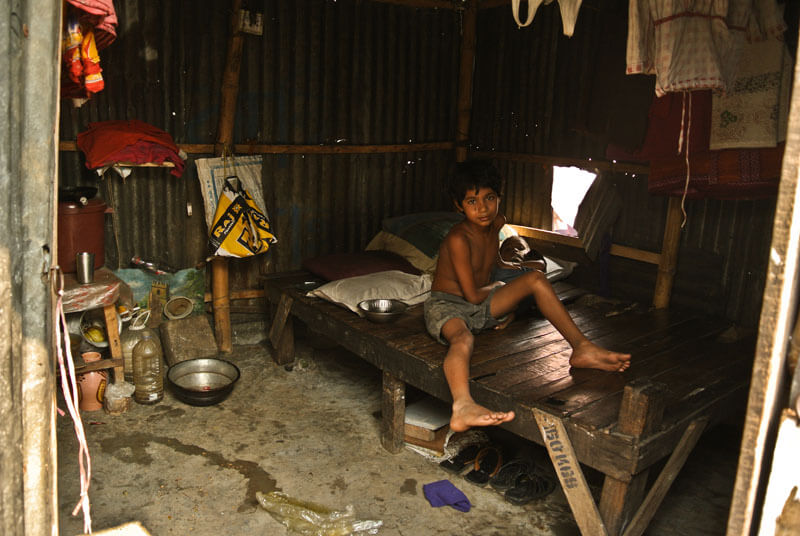
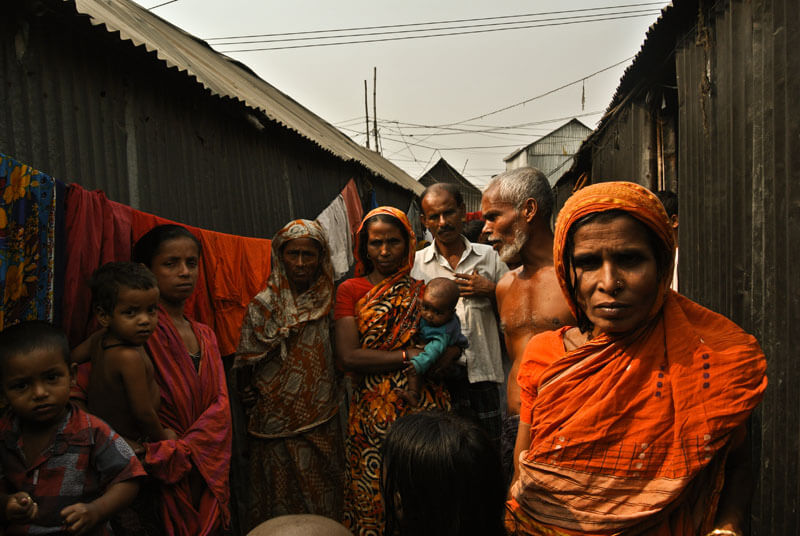
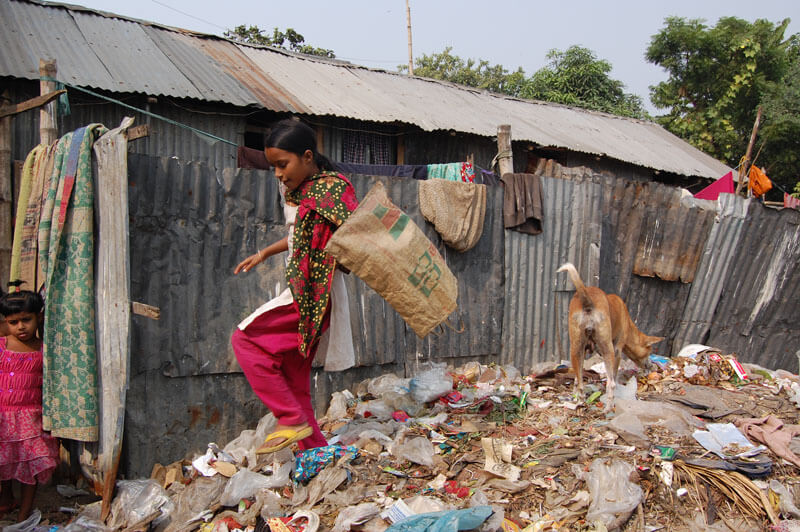
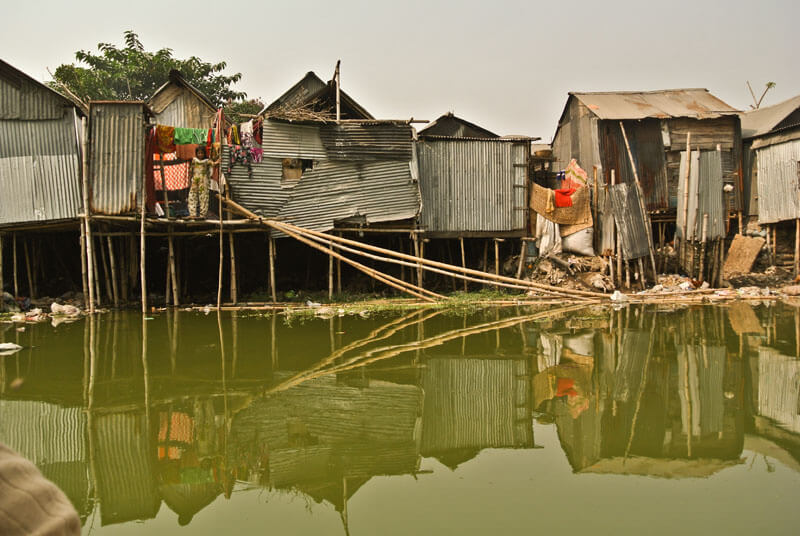
Waterstudio joins Dutch Architect Days in Georgia
Waterstudio and other widely renowned Dutch architectural companies will be presenting the latest trends and tendencies in the contemporary Dutch architectural sector.
Green Speak
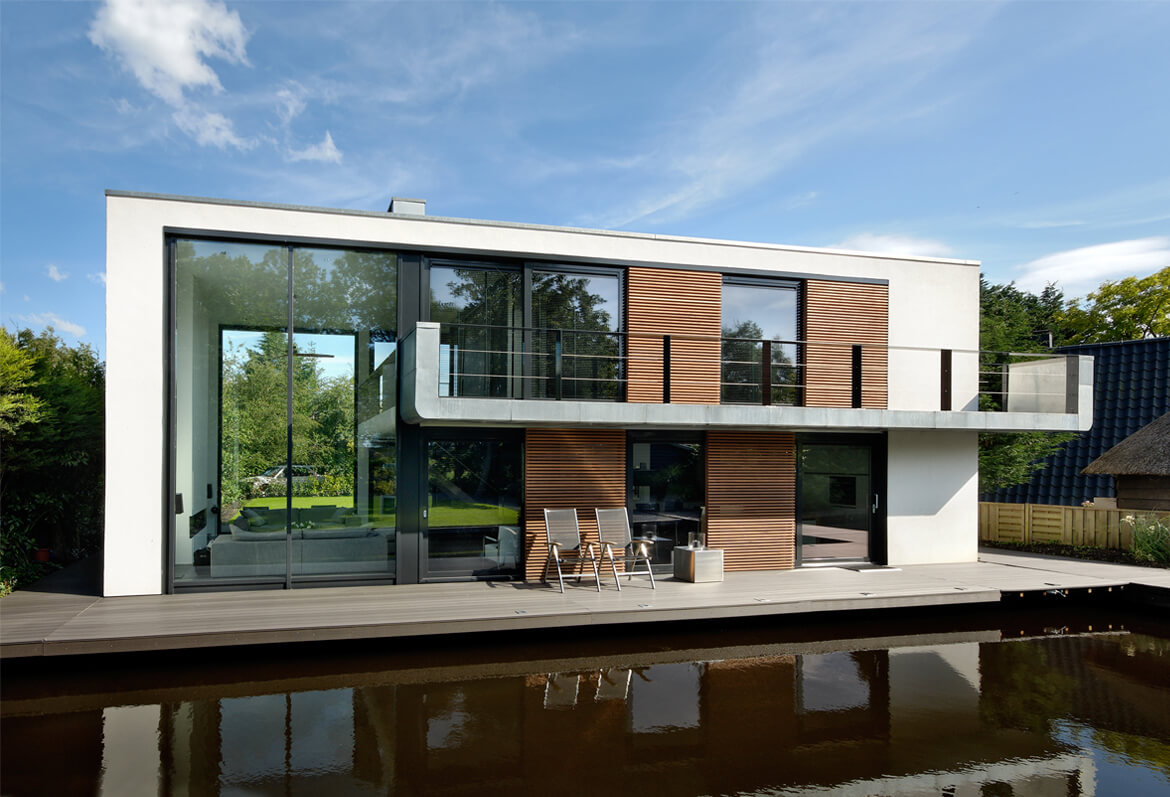
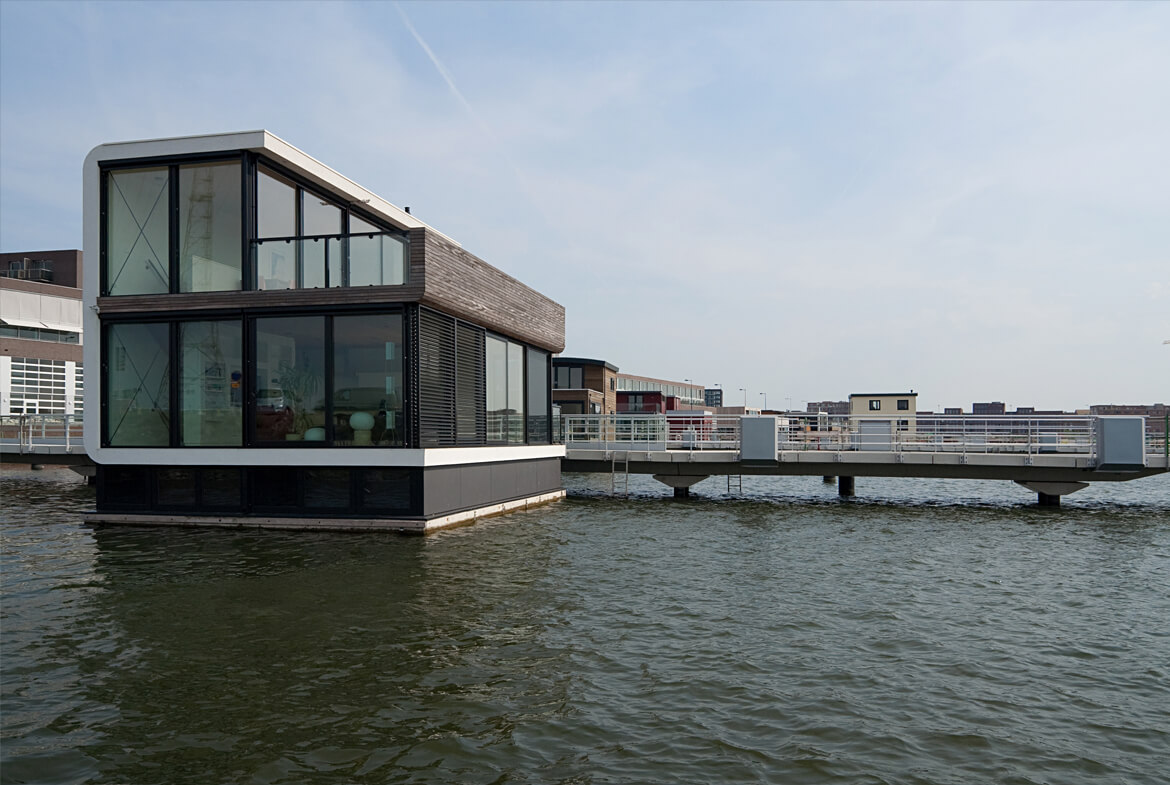
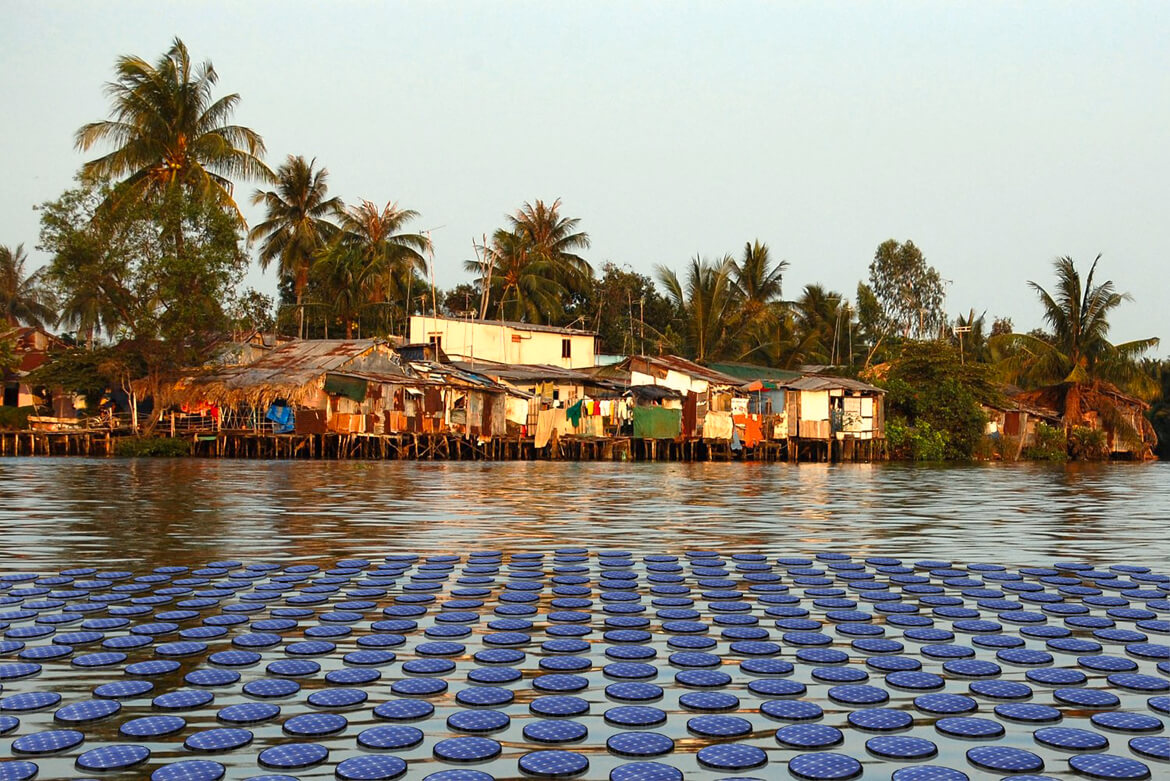
Home review, Mala Bajaj, Dec 2012
Waterstudio.NL is an architectural firm located in The Netherlands that is confronting the challenge of developing solutions to the problems posed by urbanisation and climate change head on.
The general prognosis is that by 2050 approximately 70% of the world’s population will be living in urbanised areas. Given the fact that about 90% of the world’s largest cities are situated on the waterfront, Waterstudio.NL has arrived at a solution; it is asking people at large to rethink the way we live with water in the built environment.
Considering the unpredictability of future developments and unanticipated needs, Koen Olthuis, the principle of the firm, believes that we should come up with flexible strategies – equipped to combat the imminent progression towards urban areas. Koen’s vision is that large-scale floating projects in a metropolitan environment can successfully provide a tangible solution to future problems, one that is both flexible as well as sustainable.
The Dutch are long known to link technology and progress, in fact, The Netherlands is a country that would not be inhabitable without its sophisticated flood defenses and a superior water management structure.
We at Home Review are delighted to introduce you to a truly inspirational, driven, creative professional who through his compassion for the Earth’s environment is busy acquainting the world with his very learned and intrinsic solutions.
How would you classify the architecture you practise?
According to me, today’s designers are an essential part of the climate change generation and I strive to enhance their perspective by considering urban components that are dynamic instead of static.
My firm’s solutions called City Apps, are floating urban components that add a particular function to the existing static grid of a city. Using existing urban water as building ground relieves space for a new density, providing worldwide opportunities for cities to respond flexibly to climate change and urbanisation.
How did you your unique style of architecture develop?
As a young architect, I became fascinated by the structure of the Dutch landscape with its water and land connection. At that time, living on water was still limited to the well-known traditional houseboats. After two years of combined land and water projects, I started up Waterstudio.NL with Rolf Peters at the end of 2002. Ours was the first architecture firm in the world exclusively dedicated to living on water. The company was a pioneer in a new market. To bring the market to maturity, the main focus was to change the perception of the general public. Waterstudio began with an ambitious plan to develop innovative concepts in both technological and urban design fields. The firm conviction that living on water is essentially no different from living on land, just with a different foundation technique, spurred the bureau on to develop types of housing with a greater density and higher quality than the usual houseboats in a recreational countryside setting.
Where did you first apply your novel vision?
The first city, in which this vision is being developed, is The Westland, located near The Hague in Holland. This project incorporates both floating social housing, floating islands, and floating apartment buildings.
In 2010, the government of the Maldives too agreed to develop a floating city, floating islands, floating golf courses, floating hotels, and a floating conference center as a part of a joint venture. This masterplan for the Maldives is a solution in response to the urgency caused by rising sea levels, but these new developments will also be beneficial in encouraging social and economic advancement. All over the world people have started to see the potential of floating developments. This has resulted in projects in several countries like China, UAE, and European countries.
Can your ideas be applied in third world countries, where architecture is often seen as providing lesser solutions and creating more problems?
Floating developments, in particular, have the ability to make a positive impact on slum communities that are living in conjunction with water. There are many communities all over the world that are threatened by rising sea levels, and Waterstudio seeks to ease the lives of people that are currently living without the most fundamental of necessities.
Slum communities are here to stay, and aiding these communities by upgrading living standards will fortify the cultures associated with these areas, unmatched by any other communities in the world. Our project City Apps offers a flexible and adaptable design, creating solutions to specific needs of each area.
What steps have you taken to spread your vision and allow the world to benefit from your unique architectural solutions?
In the first few years, it became clear to me that the market was lagging behind my vision. So Waterstudio started to target the media. Not just in the Netherlands, but worldwide.
In a time when new media was rapidly emerging via Internet, and climate change and water issues were receiving a lot of attention because of the flooding in New Orleans, the tsunami in Asia and Al Gore’s film ‘An Inconvenient Truth’, Waterstudio’s vision was soon noticed. News teams from Discovery Channel, the New York Times and Newsweek paid attention to the story. My vision grew rapidly: from water houses to larger complexes, culminating in floating cities and dynamic urban components.
Video Lecture UP Experience online
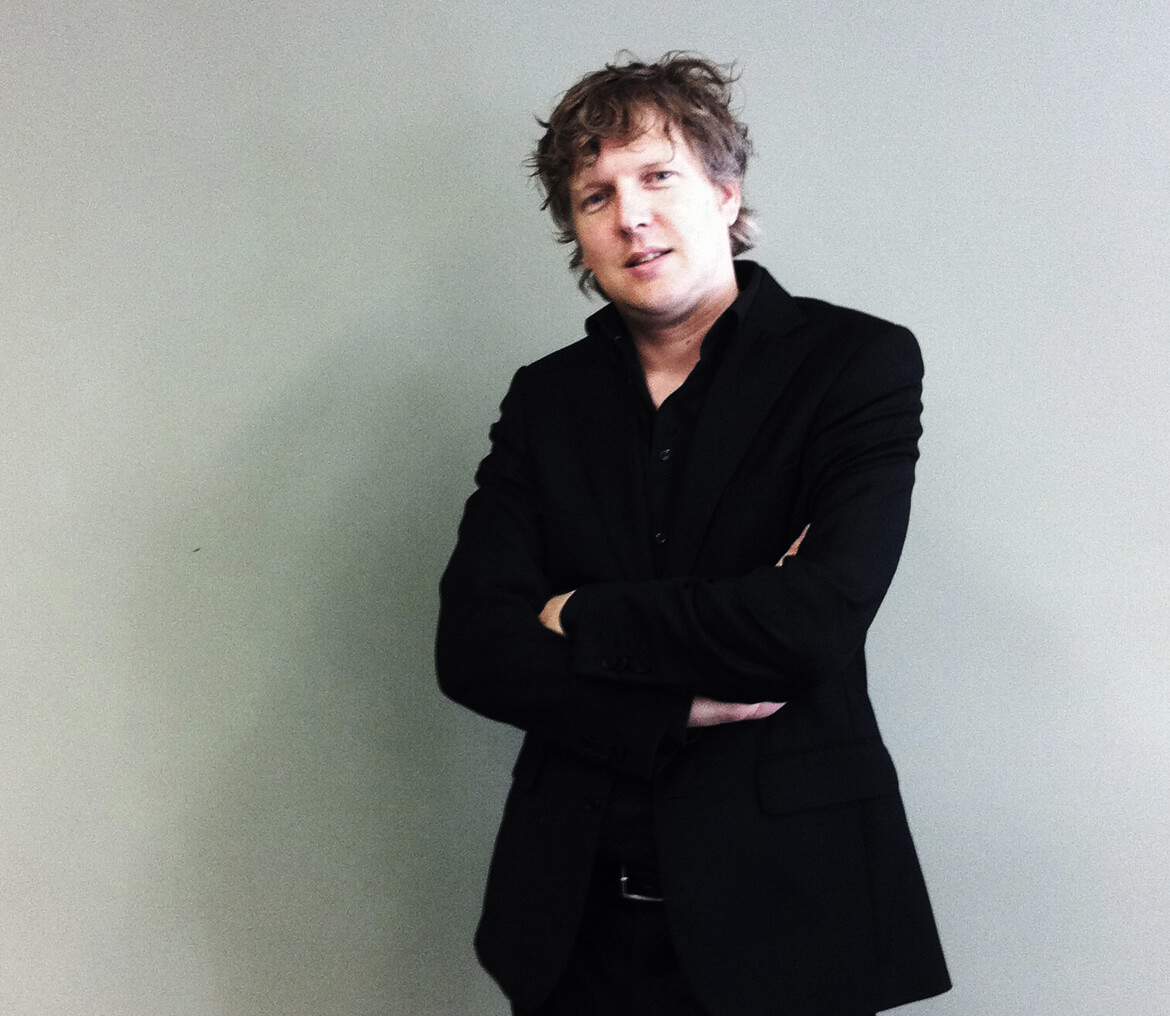
FLOAT! A blueprint for city improvement, lecture of Koen Olthuis at the UP Experience, Houston
Click here to read the article
